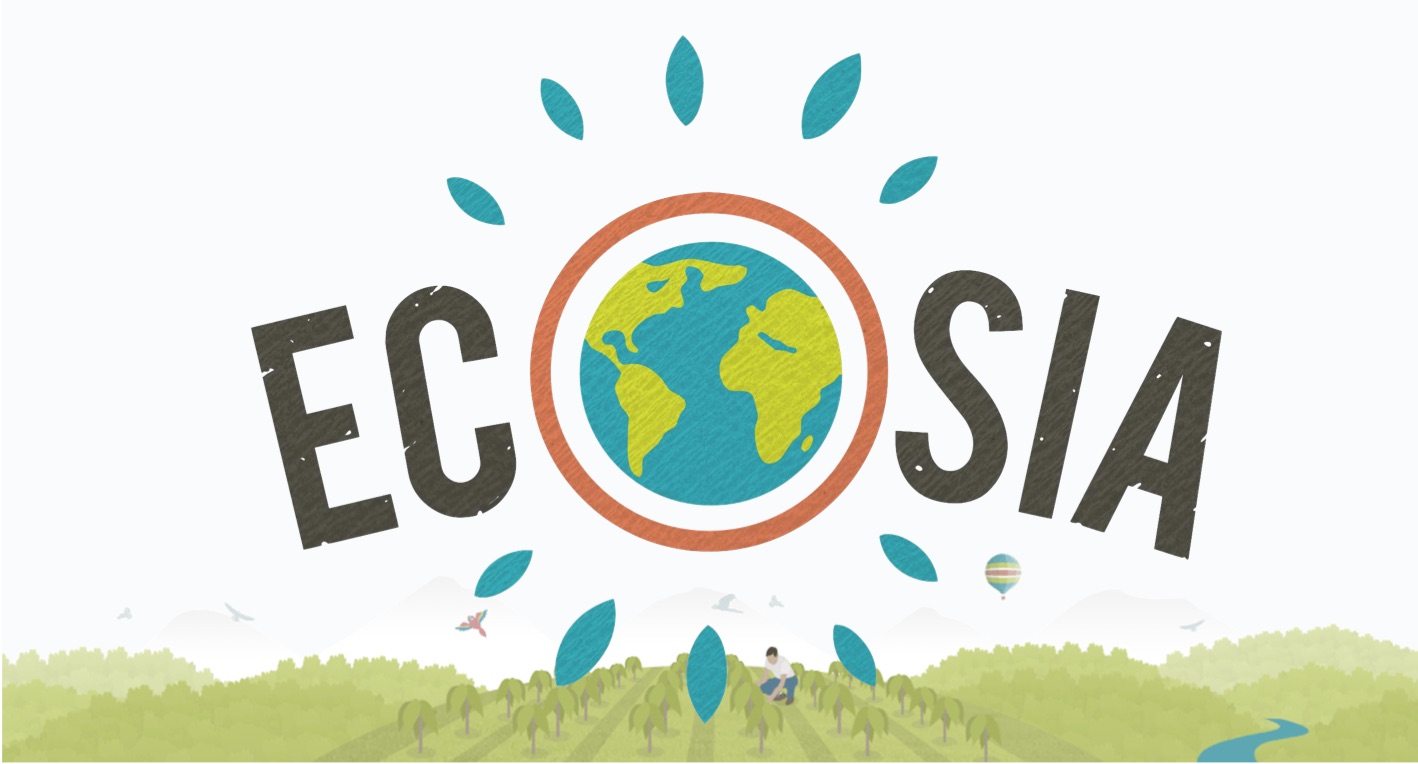Turn your Web Searches into Trees and Help Reducing CO2 in the Atmosphere

The Climate World Summit COP 21 is taking place in Paris. Governments from all countries are discussing policies to deal with the global warming. While we can expect a new agreement that will help making a step forward, it is likely to be insufficient to fully address the problem. There were already 20 previous summits, but none of them stopped the increase of CO2 in the atmosphere. Let’s face it, the top-down approach is broken. The answer should come from citizens as suggested by the Transition Network.
The first step to take by someone willing for a change is to find some action to reduce CO2 in the atmosphere. Biology taught us that trees are very good at capturing CO2. So, let’s plant more trees! Planting trees also helps compensate for deforestation and provide a home for wild life.
The next question is: How to involve as many people as possible and have the greatest impact? Ideally, the investment should be low enough to allow anybody participate from home or the office and without paying a penny. One really simple answer is just use ecosia.com as your default web search engine. Unbelievable, but true.
Ecosia is a german startup which donates at least 80% of its income to tree planting. Each search generates 0.5 cents revenue, of which 0.4 cents are transferred to non-profits. A counter at the top right corner of the window shows the number of trees you helped planting (see Video 1 below). This is a truly smart and cool idea! What’s more, you still have the same quality of results as with traditional search engines. Actually, Ecosia relies on Bing and Yahoo by default. You also have the option to use results from Google.
Video 1: Ecosia the Search Engine that Turns Web Searches into Trees
Currently, Ecosia servers process 720,044 searches daily. Knowing that planting a tree in an african country costs 28 cents, there is enough daily revenue to plant 1,029 trees each day! This raises a new challenge: how to quickly plant so many trees? One possible answer is to use robots.
Lauren Fletcher former NASA engineer, CEO of the UK-based startup BioCarbon Engineering bets on drones. The company develops a flying robotic solution that proceeds in two steps (see Video 2). First, an Unmanned Aerial Vehicle (UAV) flies over the area to be reforested. The output is a detailed 3D map of the terrain. Then, a second UAV equipped with a pressurized air gun shoots germinated seeds into the ground, from 2 meters above the ground. This automated process is supposed to plant 1 tree every 10 seconds, at a fraction of the cost of manual planting.
Video 2: Drones to Automate and Speed Up Tree Planting
Nick Birch and Tyler Rhodes, two electrical engineering students from Canada, came up with a different robotic solution. Their TreeRover funded by an Indigogo campain is an Unmanned Ground Vehicle (UGV). The robot carries a load of seedlings. At each predefined location, it digs a hole, where it pushes one seedling using compressed air. Last, the rover secures the seedling by taping the earth (see Video 3).
Video 3: TreeRover a Tree Plating Rover

Leave a Reply